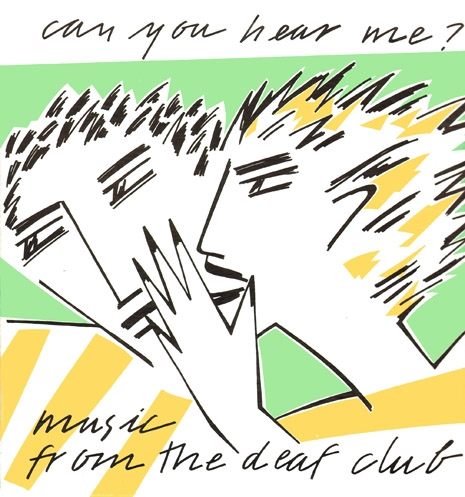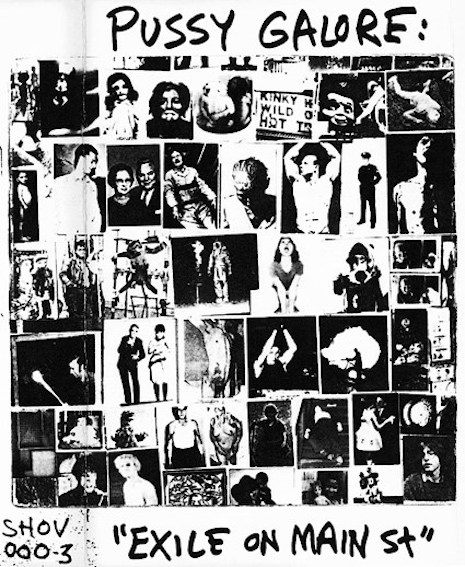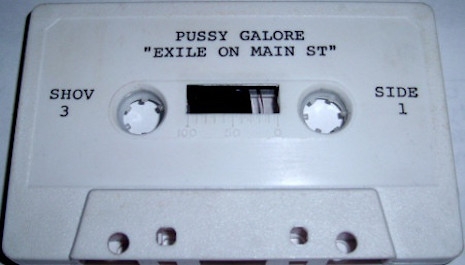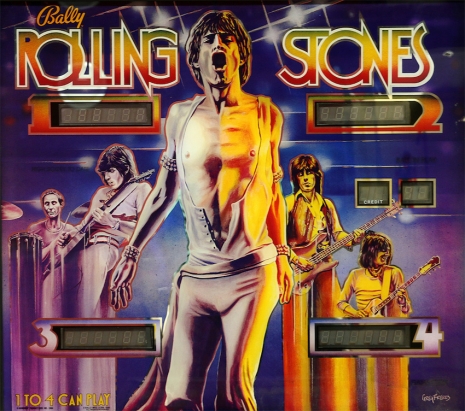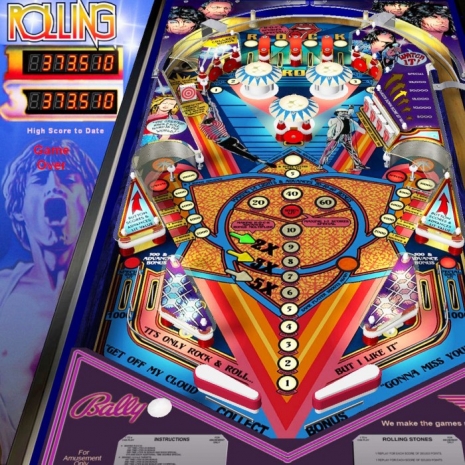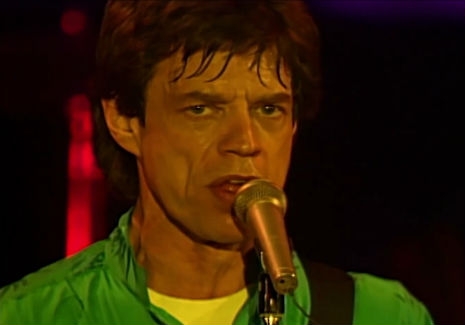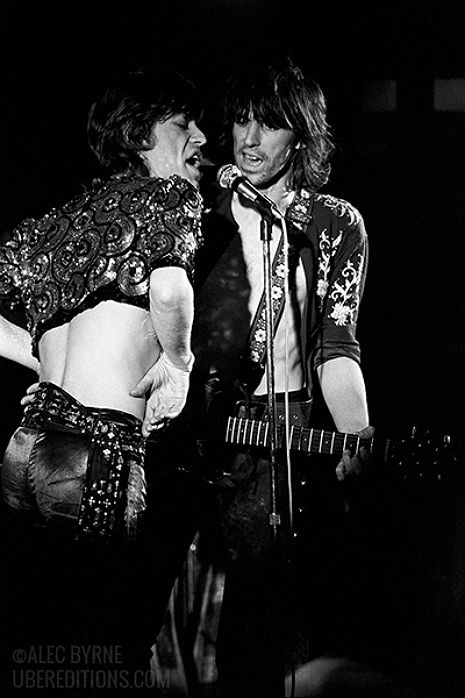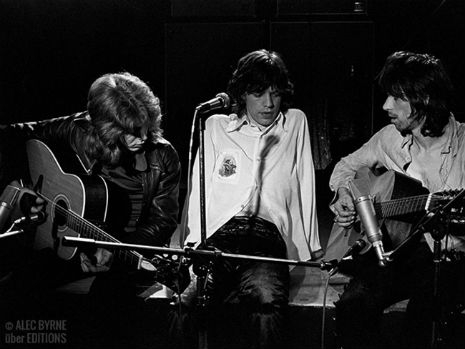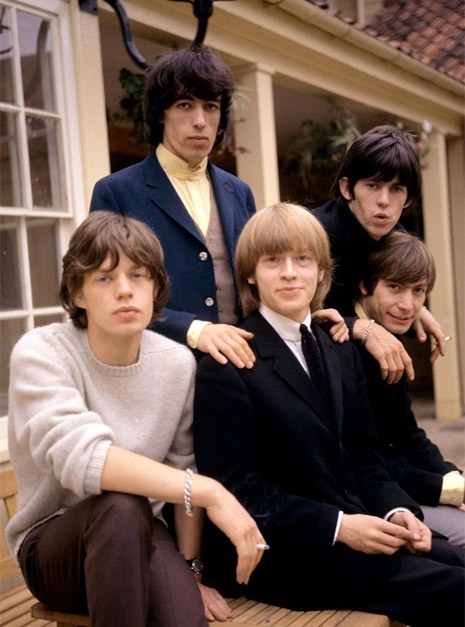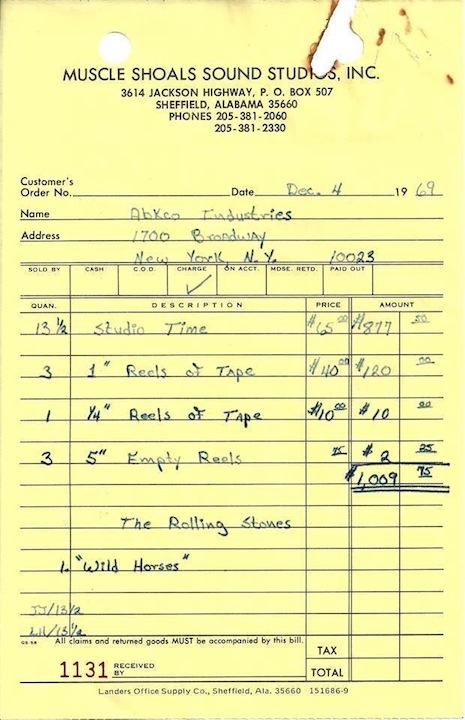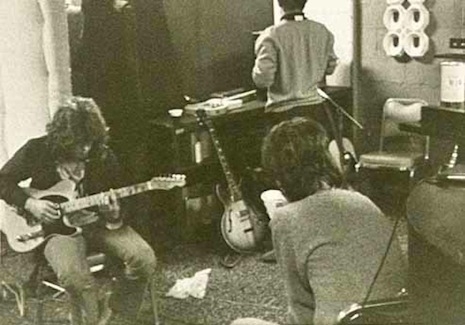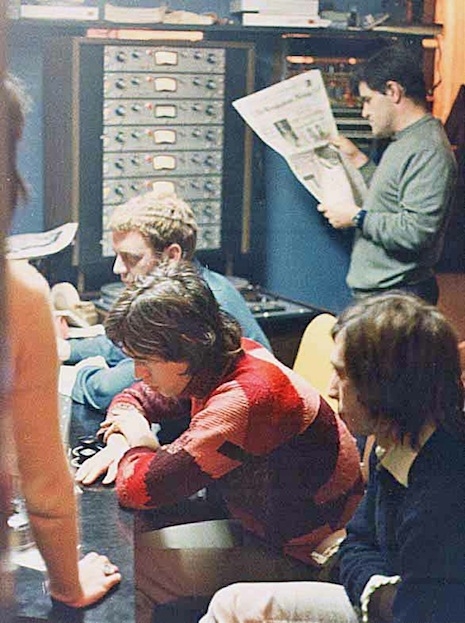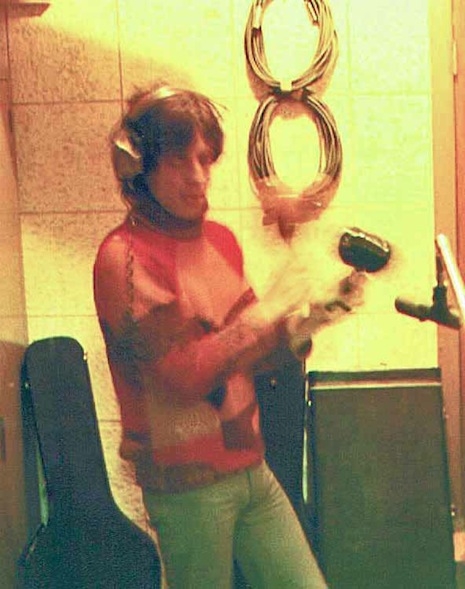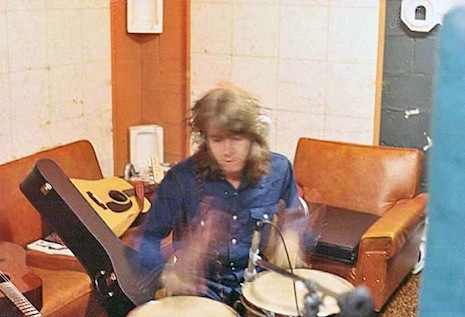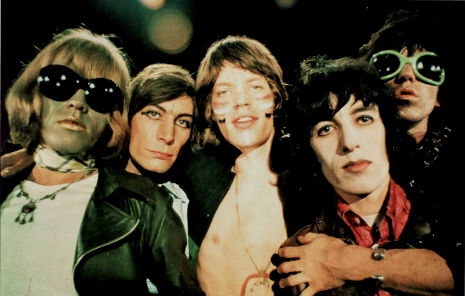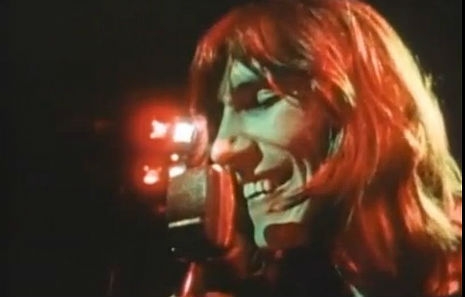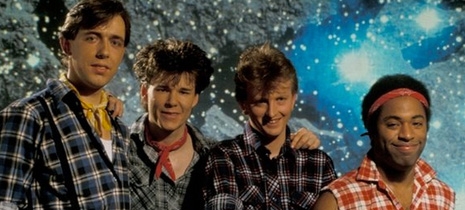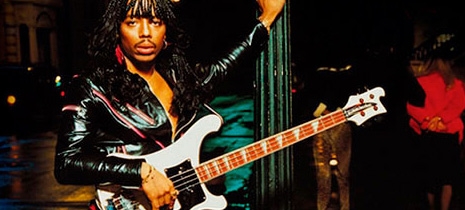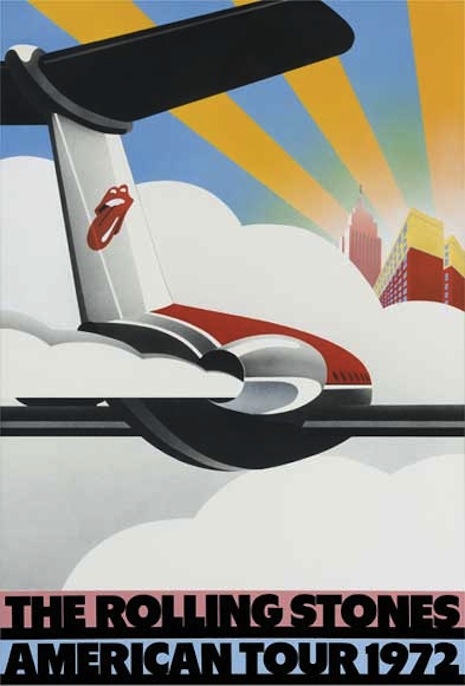
Call me disputatious—or else DON’T, it’s entirely up to you—my favorite Stones album has always been Their Satanic Majesties Request. It’s practically the only one that I still play all the way through. It sounds so amazing as one great big, trippy chunk, that it would be a shame not to experience the whole thing in one go. Many Stones fans and music critics hated TSMR when it came out and saw the album as a weak attempt to out weird the Beatles after they’d unleashed Sgt Pepper’s on the world, but time has been very kind to Their Satanic Majesties Request. To me, it’s just a thing of great beauty, with the normal blues-based Stones sound thrown out the window and replaced with a colorful sonic palette the likes of which they would never return to. It’s a fantastic headphones album, too, the closest they ever got to doing a Pink Floyd (and it’s NOT a Sgt Pepper’s wannabe, okay? Obviously TSMR (badly) wants to be the Stones’ Piper at the Gates of Dawn!)
Anyway, I’m not saying that it IS the best Stones album, I’m just saying that it’s MY favorite. (For the record, my favorite Stones song is “Monkey Man,” followed by “Stray Cat Blues,” then “Doo Doo Doo Doo Doo (Heartbreaker)”—dark horses, all, I grant you. I’m also partial to “I Don’t Know Why,” but the Glimmer Twins didn’t write that one—it’s a Stevie Wonder cover.)
Their Satanic Majesties Request is getting re-released on September 22 by ABKCO in a 50th anniversary deluxe box set that’s packaged in a slick, limited edition bespoke box set that comes with two records (a stereo and mono pressing of the album, remastered by Bob Ludwig, with the lacquers cut at Abbey Road Studios) and two SACDs (which will still play in a normal CD player) of the stereo and mono mixes. Overkill? Oh probably, but then again I already own two copies of the original stereo LP with the 3-D lenticular cover, the 2002 SACD and a DSD download of the mono mix from that recent Rolling Stones in Mono box set. Maybe I’m the wrong middle-aged guy to ask. (It sounds very nice, by the way. Not sure it’s going to displace my original wax, but it sounds quite tasty in case you were wondering. The mono mix reveals a far punkier-sounding album and is absolutely worth having.)
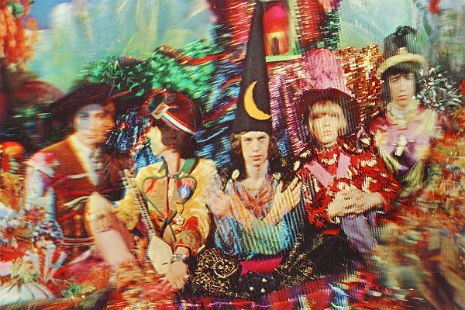
Anyway, if you ask me, the Stones’ “demonic” phase, inaugurated, if you will, by their association with the Magus of Cinema, Kenneth Anger, was when the band were truly at their peak. Mick was still quite into his Satan/Lucifer thing well into the Let It Bleed/Gimme Shelter-era, but after Altamont, Jagger was often seen wearing a crucifix around his neck, perhaps seeking to put down all that chaotic hoodoo Age of Horus energy he’d help raise? Have sympathy for the poor devil. Jagger had a shamanic current running through his body during the Sixties that killed quite a few of his friends and contemporaries. Today, like a rock and roll Dorian Gray, he hardly looks any worse for the wear.
Kenneth Anger’s “Invocation of My Demon Brother” with a bleating one-note (but super effective!) Moog synthesizer soundtrack by Mick Jagger.
Much more after the jump…







